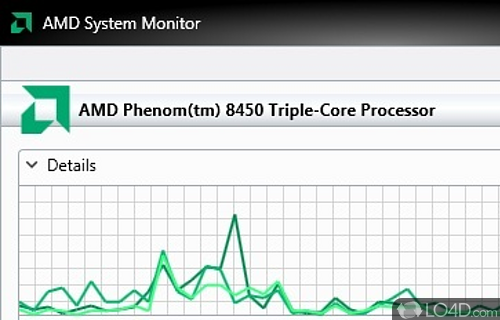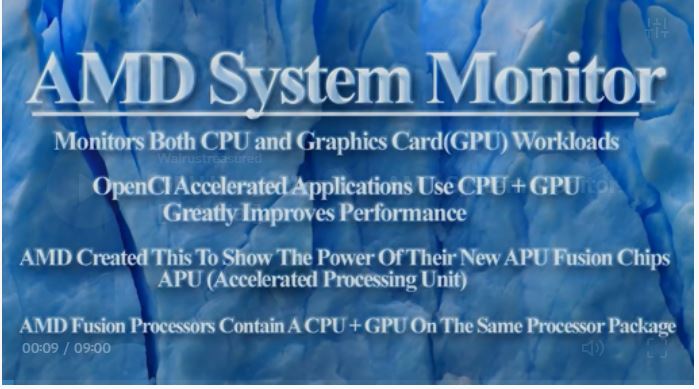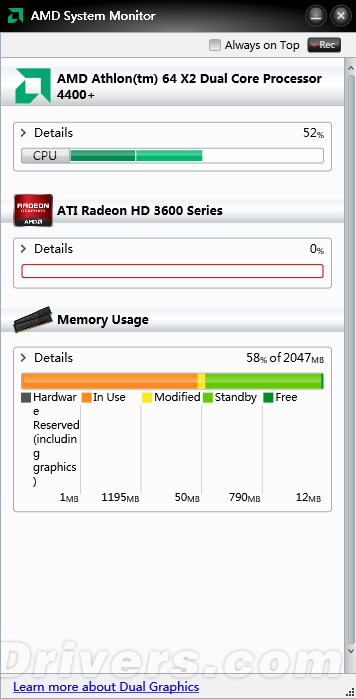

Unfortunately, choosing and setting up the correct counters and logs to monitor what you want to monitor can be complicated.

You can set up the PM to track a specific set of counters and then run the computer in such a way that what you want data on is tracked. PM can display the vast amount of data it generates in real-time charts and graphs or store that information in log files that can be used for troubleshooting. PM includes hundreds of counters, many of which can be used more than once in the same monitoring session, such as monitoring the cores (dual-, quad-, hexa-cores, etc.) of a multi-core processor, the hard disk or SSD drives in a system with more than a single drive and even the network traffic on computers that have more than one connection, etc. Windows calls the thousands of monitoring options counters, since each one of them counts the various sets of performance data. Note that Vista’s version of the PM is nearly identical to Win7’s, as is Win8’s version. The initial window that is presented, shown in the image below in Windows 7, can only hint at the massive amount of information that can be accessed – thousands of monitoring options. The easiest way in 8.1 is to open Run by pressing the Windows Key (the one with the Windows flag on it) plus the R key and type perfmon.
AMD SYSTEM MONITOR FOR WINDOWS 7 WINDOWS 8.1
Windows 8.1 makes accessing Performance Monitor a little more difficult due to being split into a tiled Start screen and a standard Windows Desktop screen.

A link called perfmon.exe is provided above the Search box. The quickest method to access the Performance Monitor is to enter perfmon, perfmon.exe or perfmon.msc in the Run box in XP and in the Search… box in Vista, Win7 and Win10. The information it provides can then be used for troubleshooting purposes and to improve performances. By using this tool, it is possible to determine how a particular computer performs over time. The Performance Monitor (PM), previously called the Reliability and Performance Monitor, provided by Windows XP, Vista, Windows 7/8.1/10, allows the user to view how the computer reacts while different programs are running or fail to run.
AMD SYSTEM MONITOR FOR WINDOWS 7 HOW TO
How to access Performance Monitor and Resource Monitor in Windows XP/Vista/7/8.1/10


 0 kommentar(er)
0 kommentar(er)
